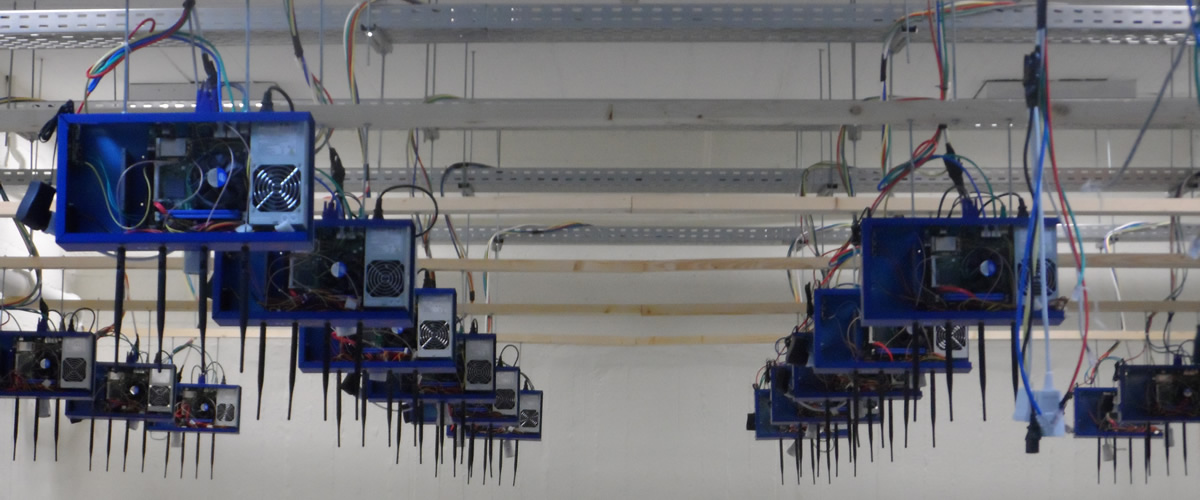Introduction to Wireless LAN 802.11
IEEE 802.11 refers to a family of specifications developed by the IEEE for Wireless LAN technology. This standard describes the MAC Layer and the physical layer standard for WLAN technology.
The following tutorials cover all the details of 802.11 WLAN standard:
By Mustafa Ergen, University of California Berkeley.
By Pablo Brenner, BreezeCOM Wireless Communication.
All the technical specification details of 802.11 MAC layer and physical layer from this IEEE 802.11 standard draft.
The IEEE 802.11 standard is full of abbreviations. A list of these abbreviations can be found in the preceding link.
C Programming
For design and development of device driver programs some in-depth knowledge of C programming is needed, like pointer usage, bit manipulation, memory functions, etc.
Below are a few tutorials which will help you to brush up your C programming skills:
Essential C
From Stanford CS Education Library
C Programming Tutorial
By Mark Burgess. 1987, 1999
Recommended C Style and Coding Standards
By L.W.Cannon,R.A.Elliott,L.W.Kirchhoff,J.H.Miller,J.M.Milner,R.W.Mitze, E.P.Whittington,Henry Spencer,David Keppel,Mark Brader.
This document describes a recommended coding standard for C programs. This coding standard is followed in device driver programming and you are advised to follow this C coding style.
Linux
All the software programming/development in NITLab is done in Linux environment. It is required for every member of the lab to be comfortable in using Linux Operating System. Following tutorials will help you get familiarized with Linux OS.
Getting Started with Linux
From Linux Online Inc.
Introduction to UNIX
By Frank G. Fiamingo, Linda Condron and Linda DeBula, The Ohio State University.
Linux Command Reference Index - A comprehensive list of most useful Linux commands
Network Tools
Kismet
Kismet is a network detector, packet sniffer, and intrusion detection system for 802.11 Wireless LANs. Kismet will work with any wireless card which supports raw monitoring mode, and can sniff 802.11a, 802.11b and 802.11g traffic.
Here you can find a tutorial on Kismet.
Iperf
Iperf is a traffic generation tool that allows the user to experiment with different TCP and UDP parameters to see how they affect network performance. It is a tool to measure maximum TCP bandwidth, allowing the tuning of various parameters and UDP characteristics. Iperf reports bandwidth, delay jitter, datagram loss.
A tutorial on iperf can be found here.
Wireshark (Ethereal)
Wireshark(formerly Ethereal) is a network packet analyzer. A network packet analyzer will try to capture network packets and tries to display that packet data as detailed as possible.
Wireshark User Guide will help you install this tool and provides comprehensive usage information.
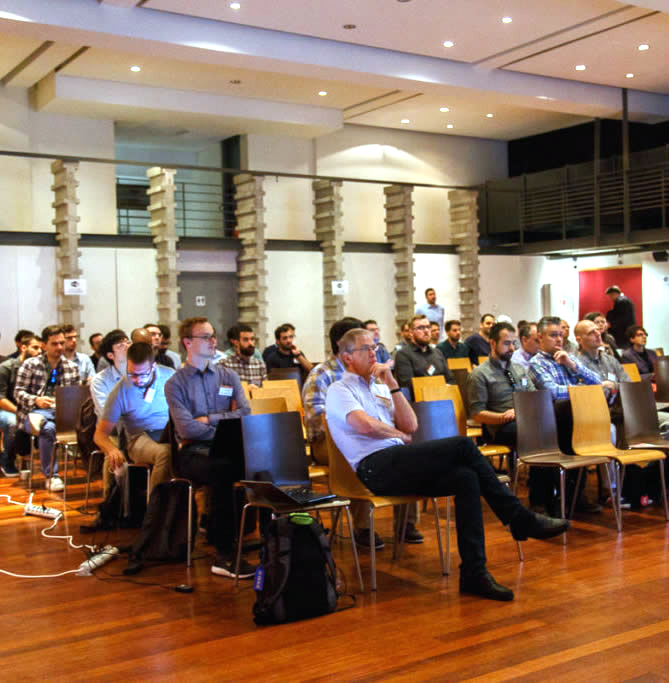
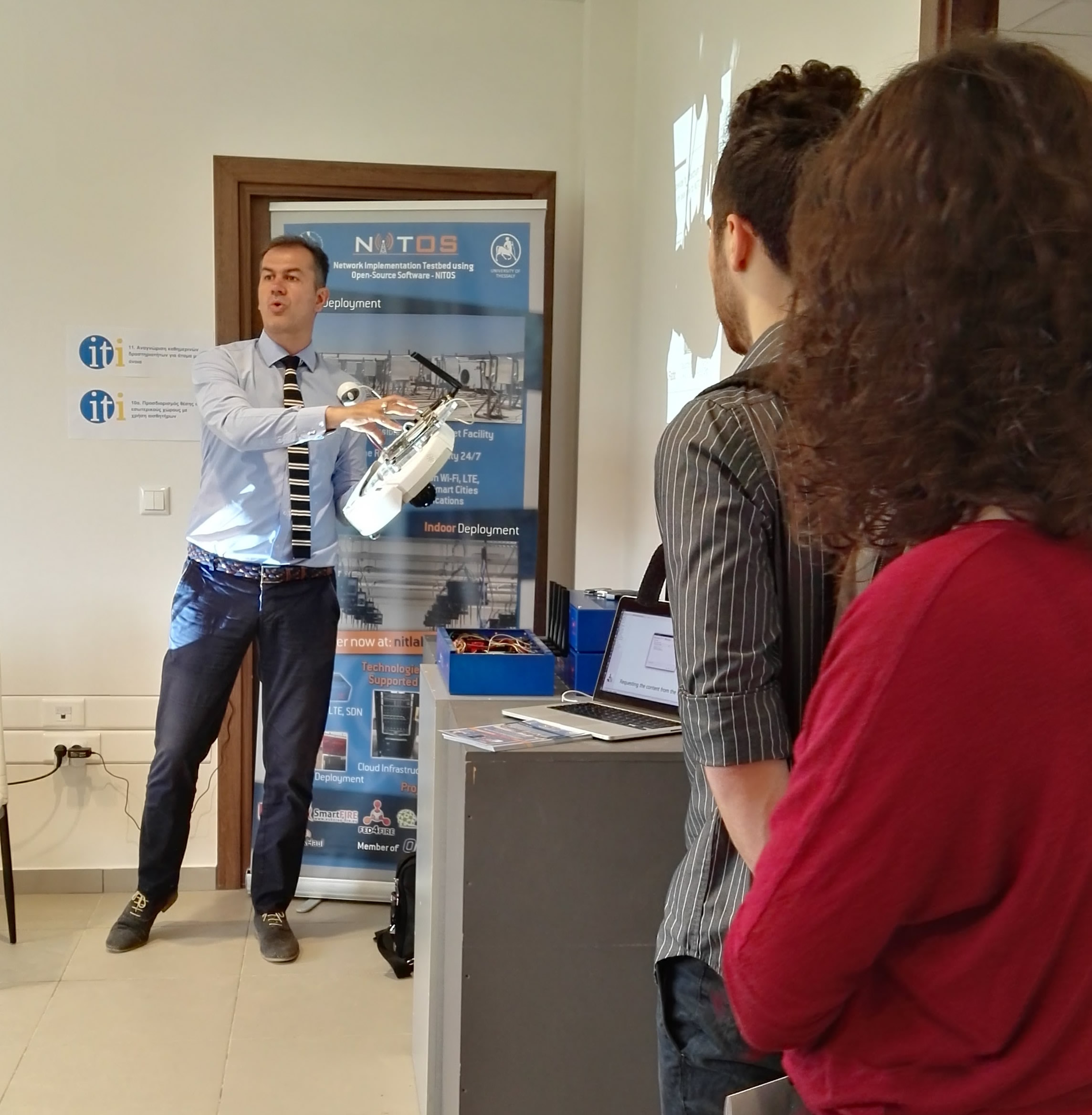
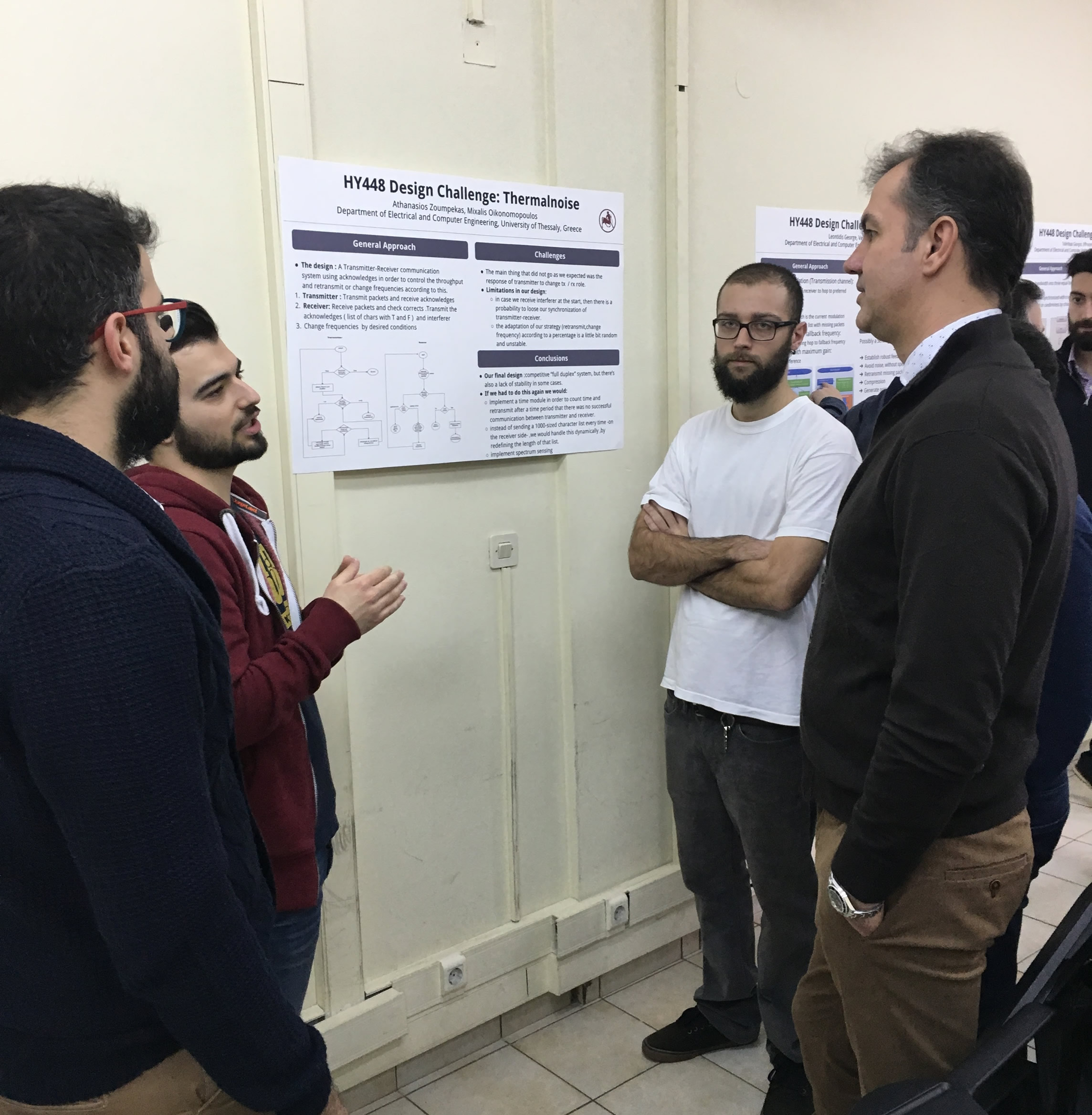

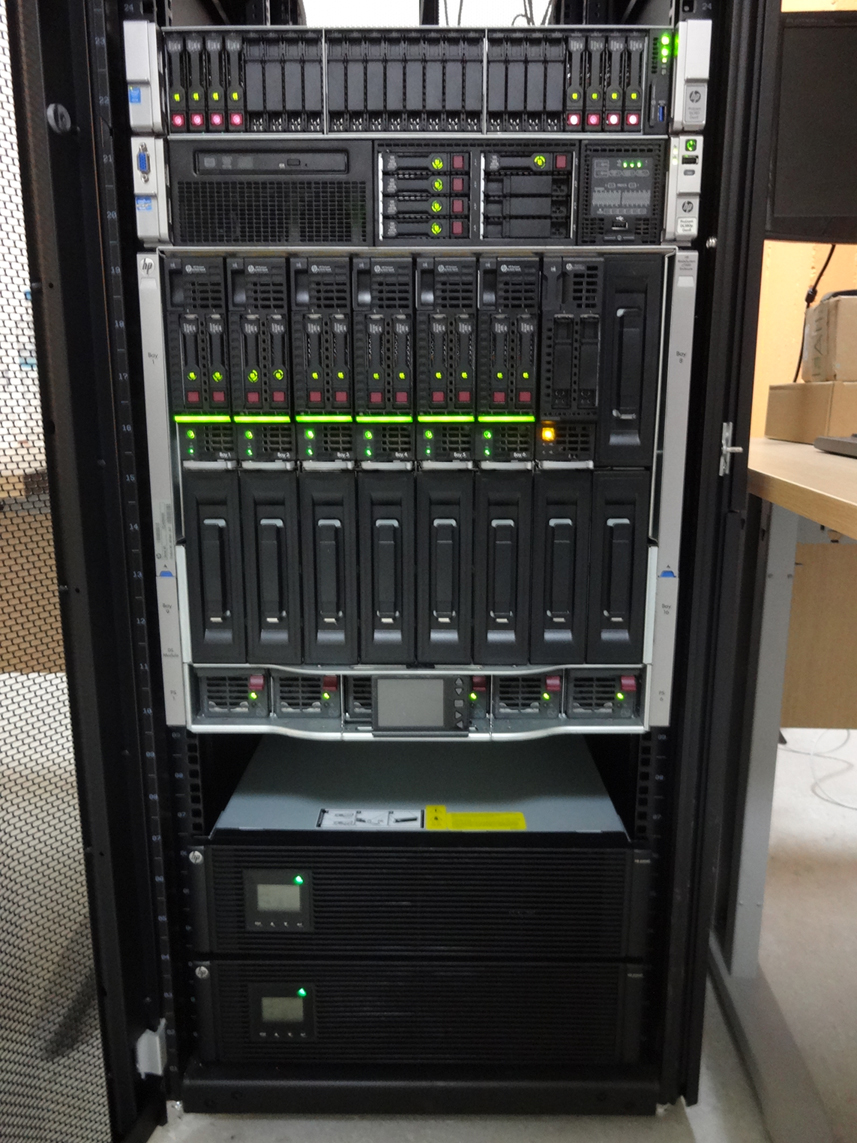 Each blade server has
Each blade server has
